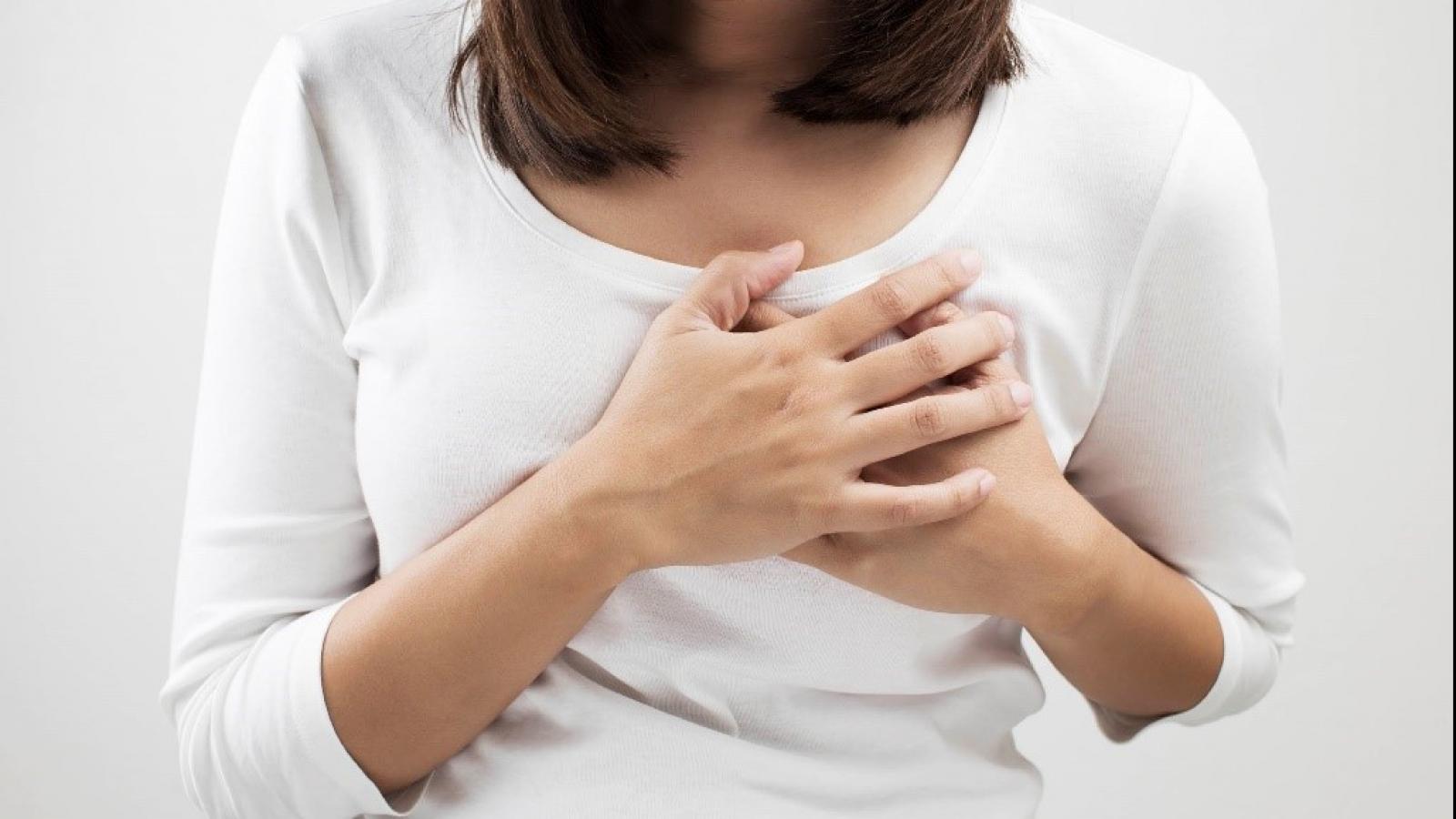Lipofilling and creating a new nipple

As well as implant or flap surgery, you may have other procedures to give the best, most natural result.
Lipofilling or lipomodelling
Fat is removed from another part of your body and transferred to your breast area to fill out a dent, improve the shape or increase your breast size. It generally works best when some time has passed after breast reconstruction, once healing has taken place, and any swelling reduced.
What’s involved?
- Fat is taken by liposuction from an area where there is extra tissue, such as your hips or tummy.
- It is specially treated in theatre on the day of surgery.
- It is then injected to either increase the size or shape of a previous reconstruction or correct a defect in the curve of your breast or chest.
- Lipofilling is usually done under local anaesthetic, but a general anaesthetic can be used depending on the size of the area to be treated.
- Lipofilling may need to be repeated if the first treatment does not fully correct the dip in shape.
Making a new nipple
Usually with a mastectomy, your nipple is removed along with your whole breast. The final stage in being satisfied with your new breast is often having your nipple reconstructed.
Creating a nipple shape
The most common way to do this is to make flaps of tissue. These are sewn together on the breast to make a nipple shape. A nipple can also be made by taking a graft from another part of your body, or from your other nipple areola.
Applying colour to the nipple
At a later stage, usually some weeks after the nipple shape has been made, your areola will be filled in using colour. Normally, a medical tattoo is used to apply a colour that matches your natural areola.
For a few days afterwards your new nipple may be sore and uncomfortable. A scab usually forms that will come off after a few days. You can cover the area with a dressing as some oozing or weeping may occur. You might need more than one session to get your best colour result. You might also need top-ups of the colour after 18 months to 2 years. This is because the pigment is semi-permanent and the colour can fade over time.
For more information
Phone
1800 200 700



